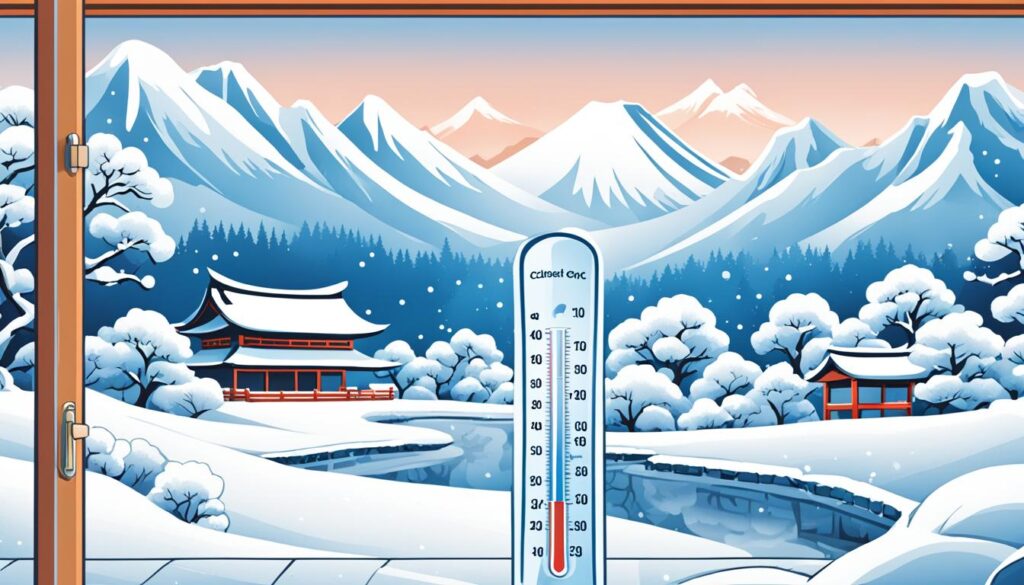Are you interested in learning how to say “hot” in Japanese? Whether you want to describe the scorching summer weather or the temperature of a steaming cup of tea, knowing the right word to use is essential. In this article, we will explore the various meanings and grammatical nuances of the word “hot” in Japanese. We will also delve into how to pronounce it correctly and provide equivalent words for different contexts. Lastly, we will discuss the writing in kanji and the contextual and cultural usage of the word. Let’s dive in!
How to Say Hot in Japanese for Air Temperature
When talking about hot weather or air temperature in Japanese, you can use the word “あつい(atsui)”. This word describes the feeling of discomfort caused by high temperature.
Here’s an example sentence:
今日は暑いですね。(Kyō wa atsui desu ne.)
Understanding how to express hot air temperature is essential for effectively communicating about weather conditions in Japanese. By utilizing the word “あつい(atsui)” and incorporating it into your conversations, you can accurately convey the sensation of heat caused by high temperatures.
How to Say Hot in Japanese for Object Temperature
When it comes to describing the temperature of objects like tea, a pan, or food in Japanese, the word you need is 熱い(atsui). This word specifically refers to the sensation of heat felt from touching these objects. For example, if you want to say “This tea is hot,” you would say:
このお茶は熱いです。(Kono ocha wa atsui desu.)
| English | Japanese |
|---|---|
| This tea is hot. | このお茶は熱いです。 |
| The pan is hot. | このフライパンは熱いです。 |
| The food is hot. | この食べ物は熱いです。 |
By using the word 熱い(atsui), you can effectively express the temperature of various objects in Japanese. Practice incorporating this word into your conversations to enhance your Japanese language skills.
How to Say Cold in Japanese for Air Temperature

To describe cold weather or air temperature in Japanese, the word さむい (samui) is used. This word captures the uncomfortable feeling of coldness. You can use it to express the chilly weather or low temperatures. For example, if you want to say “Tomorrow will be cold, won’t it?”, you would say “明日は寒いですね。 (Ashita wa samui desu ne.)”
When discussing the weather or air temperature, it’s essential to use the appropriate vocabulary to convey the right message. The Japanese word さむい (samui) specifically relates to cold weather conditions and the sensation of feeling cold in the air.
| Japanese | Pronunciation | English Translation |
|---|---|---|
| さむい (samui) | sah-moo-ee | cold (weather) |
By using the word さむい (samui), you can accurately express cold air temperature. Remember to practice using this word in different sentences to familiarize yourself with its usage in various contexts.
How to Say Cold in Japanese for Object Temperature
When it comes to describing the temperature of objects like ice, a chair, or a drink in Japanese, the word you need is “つめたい(tsumetai).” This word perfectly captures the sensation of coldness that you feel when touching these objects.
For example, if you want to ask for cold water, you can say “冷たい水をください。(Tsumetai mizu o kudasai.)” This sentence translates to “Please give me cold water.”
Understanding how to express cold in Japanese for object temperature allows you to accurately communicate the temperature of various items. So, remember to use “つめたい(tsumetai)” for cold objects and practice incorporating it into your Japanese language skills.
Other Words Related to Hot and Cold in Japanese
In addition to the words for hot and cold, there are other related words in Japanese that can be used to describe temperature. Understanding these words will expand your vocabulary and allow you to express yourself more accurately:
1. 厚い (atsui)
The word “厚い(atsui)” can mean both hot and thick. It is used to describe an object or substance that has a high temperature or a great depth or density. For example:
| English | Japanese | Translation |
|---|---|---|
| The soup is hot. | スープは熱いです。 | Sūpu wa atsui desu. |
| The book is thick. | 本は厚いです。 | Hon wa atsui desu. |
2. 温かい (atatakai)
The word “温かい(atatakai)” can mean both warm and hot. It is used to describe something that has a moderate or comfortable temperature. For example:
| English | Japanese | Translation |
|---|---|---|
| The tea is warm. | お茶は温かいです。 | Ocha wa atatakai desu. |
| The room is hot. | 部屋は温かいです。 | Heya wa atatakai desu. |
It’s important to understand the context in which these words are used in order to use them correctly. Practice using these words in sentences to improve your understanding of their meanings and nuances.
Conclusion
In summary, learning how to say hot in Japanese requires understanding the different words for hot air temperature and hot objects. By using the correct words, you can accurately describe the temperature in various contexts. When referring to hot weather or air temperature, use the word “あつい(atsui)”. On the other hand, when referring to the temperature of objects, use the word “熱い(atsui)”. Remember that these two words have different kanji.
Practicing using these words in sentences will greatly enhance your Japanese language skills. Whether you want to talk about the scorching hot weather or a hot cup of tea, being able to express these concepts accurately is essential. So keep practicing and expanding your vocabulary to confidently navigate conversations about hot temperatures in Japanese.
Now that you possess the knowledge of how to say hot in Japanese, you can confidently express yourself in various situations. So go ahead and embrace the exciting journey of mastering the Japanese language, one word at a time!

